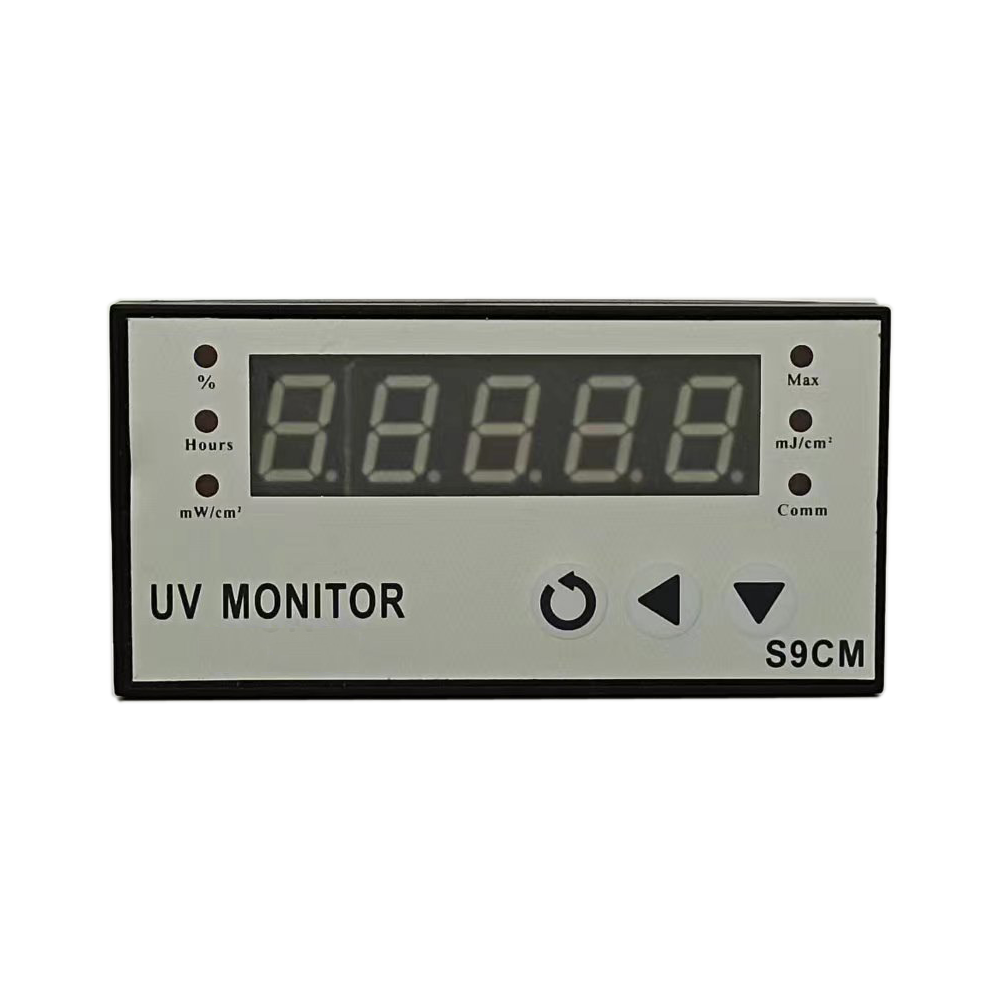Choosing a suitable online UV intensity monitor for a water system involves considering various factors to ensure accurate and reliable measurements for effective disinfection. Here are key considerations when selecting an online UV intensity monitor:

UV Lamp Type:
Identify the type of UV lamps used in your water treatment system (e.g., low-pressure or medium-pressure lamps). Ensure that the UV intensity monitor is compatible with the specific wavelength spectrum emitted by the lamps.
Wavelength Range:
Choose a UV intensity monitor with a wavelength range that corresponds to the UV lamps in use. For example, if the system uses low-pressure UV lamps emitting primarily in the UVC range (around 254 nm), the monitor should be suitable for measuring UVC wavelengths.
Measurement Range:
Consider the expected range of UV intensities in your water system. Select a monitor with a measurement range that covers the intensities relevant to your application. This ensures accurate readings across different operating conditions. APOSUN standard UV intensity monitor range is 0~20000uw/cm², other range can be customized.
Accuracy and Precision:
Look for a UV intensity monitor with high accuracy and precision to provide reliable measurements. Consider the sensor’s sensitivity to changes in UV intensity, especially in applications where rapid adjustments may be necessary. APOSUN standard UV intensity monitor accuracy is 0.1%,0.01% high accuracy is optional.
Response Time:
Choose a monitor with a response time suitable for your application. Faster response times are crucial for systems with dynamic UV intensity changes, allowing for real-time adjustments and ensuring effective disinfection.
Environmental Conditions:
Assess the environmental conditions in which the UV intensity monitor will operate. Ensure that the monitor is designed to withstand factors such as temperature, humidity, and exposure to chemicals commonly found in water treatment environments.
Integration and Compatibility:
Ensure that the UV intensity monitor is compatible with the control and monitoring systems in your water treatment setup. Check for compatibility with communication protocols used in your system for seamless integration.
Calibration and Maintenance:
Consider the ease of calibration and maintenance. Choose a UV intensity monitor that facilitates straightforward calibration processes and provides alerts or reminders for routine maintenance.
Alarm Systems:
Opt for a monitor with alarm systems that can trigger alerts or notifications if UV intensity falls outside the specified range. This feature enables prompt corrective actions. APOSUN UV intensity monitor has a relay alarm for both UV relative intensity and UV lamp life.
Data Logging and Analysis:
Evaluate the data logging and analysis capabilities of the UV intensity monitor. Some monitors offer features for storing historical data, which can be valuable for performance assessments and regulatory compliance. APOSUN CHS9CM has RS485,4-20MA,1-5V analog output for data logging and Analysis.
By carefully considering these factors, you can select a suitable online UV intensity monitor that aligns with the specific requirements of your water system, contributing to the effectiveness of UV disinfection processes.

Leave A Comment